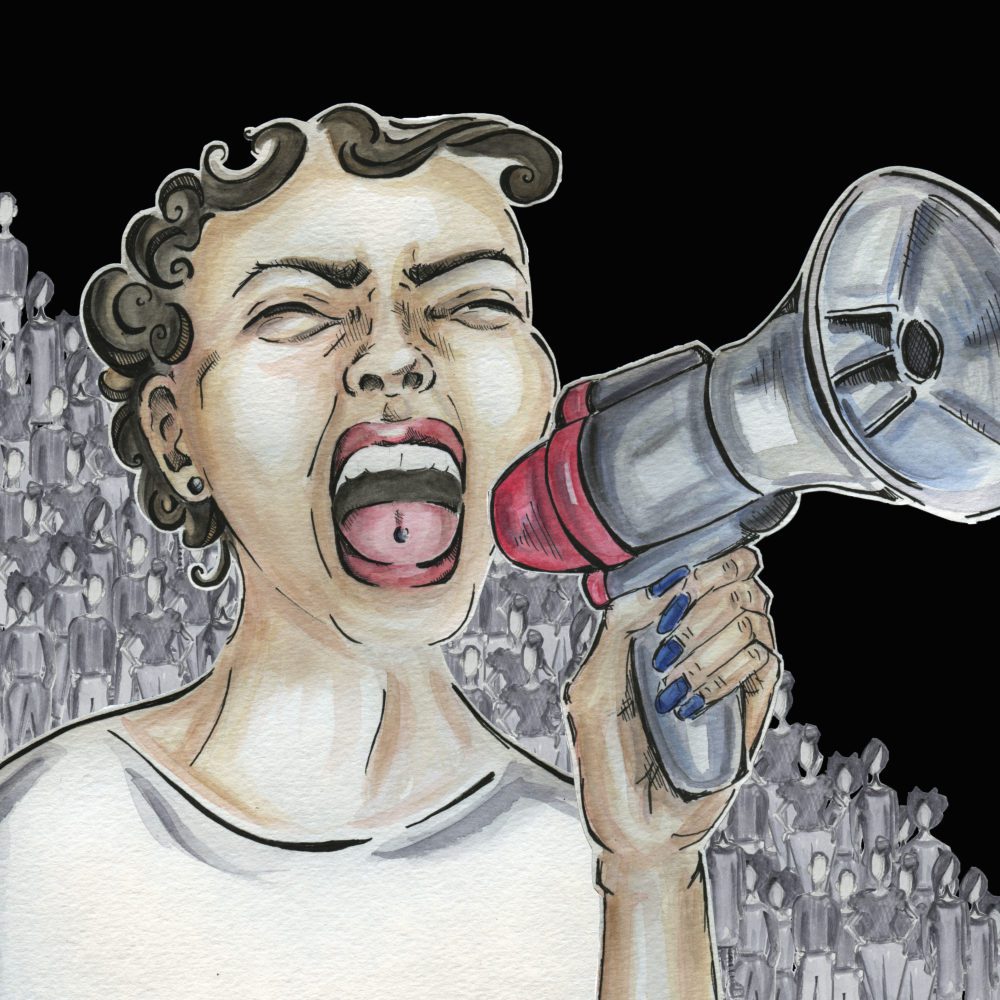Tamler Sommers of The Believer recently interviewed Dr. Phil Zimbardo about his infamous Stanford Prison Experiment.
The 1971 experiment randomly assigned intelligent, normal, healthy young men to the role of prisoner or guard. What began as an investigation into the psychology of prison life quickly spun out of control.
Guards wore khaki uniforms and one-way aviator sunglasses. Armed with whistles and billy clubs, they worked 8-hour shifts with ambiguous orders to keep their prisoners in line.
Upon arrival, prisoners were stripped naked and deloused. They wore uniform smocks and stocking caps. Guards referred to them by number instead of name, woke them up in the middle of the night with their whistles, blindfolded and chained them together for toilet runs. As punishment, the prisoners were forced to do push-ups or placed in “The Hole” for solitary confinement. They remained in the prison round the clock.
Within a few days, the guards became sadistic, creative tormentors; the prisoners became withdrawn and zombielike, showing signs of extreme stress. The power of the situation even affected Zimbardo, who assumed the role of prison superintendent.
Zimbardo: One day Christina Maslach came down and saw the guards line up the prisoners for the toilet run at ten o’clock. The guards chain their legs together, they have their bags over their heads, their arms on each other, the guards are cursing, yelling at them, the prisoners are shuffling along. I look up and I have the day’s agenda—and I check off “ten o’clock toilet run.” That’s all it is. She looks at it and says, “This is horrendous! This is dehumanization. This is a violation of everything that humanity stands for. And this is you allowing this to happen, essentially.” So that’s a really critical thing. I’m not being cruel, I’m just being totally indifferent to suffering. And indifferent to suffering, because what’s happening is what usually happens at ten o’clock. If it didn’t happen, then I would be concerned: “Where’s the ten o’clock toilet run?” Now the toilet run didn’t have to be with chains, it didn’t have to be with bags, it didn’t have to be with all this other stuff. But that got to be the routine. So we’re following a routine, it’s nothing more than a checking it off, for me. For her, it’s nothing more than a violation of humanity.
The two-week experiment was cut short after only six days because of how the situation affected the college students who participated.
So when Zimbardo heard about the Abu Ghraib abuses and saw the notorious photographs, he was not surprised. The sexual humiliation, the naked prisoners with bags over their heads–he had seen it all before in his own simulated prison.
Zimbardo: [Cheney and Bush and Rumsfeld] created the situation. They created a system in which each of these parts fell out, so I’m saying they are responsible.
Here is some footage from the Stanford Prison Experiment and a follow-up interview with a former prisoner and guard:





